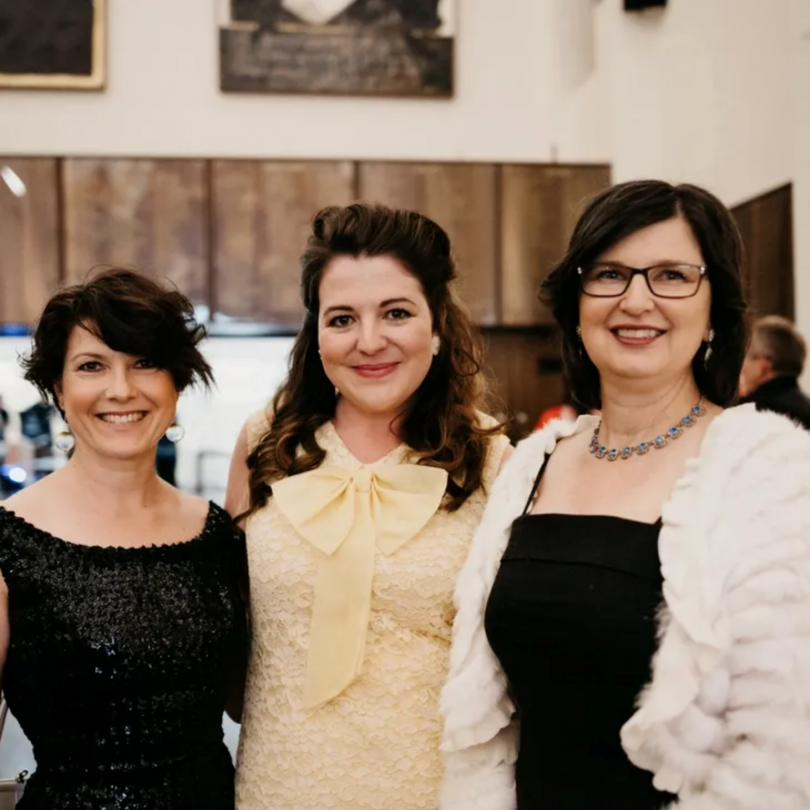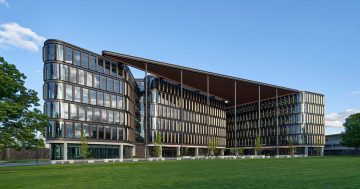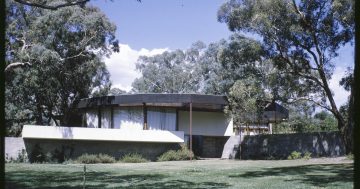
President’s Medal recipient Cassandra Keller: ”I don’t think we necessarily have to go to an architect from Tokyo or Melbourne to make our city great.” Photos: Supplied.
This is Canberra architect Cassandra Keller’s magic formula: good design + brave developers + community input = a great city.
And that’s where this year’s recipient of the Institute of Architects ACT Chapter’s prestigious President’s Medal sees Canberra heading, after once being a city without much joy.
Twenty-two years ago when she first came to the national capital she saw a beige city that was over rational with a slavish attachment to planning rules.
”We’d taken the zoning principles of original Canberra too literally and it was to the detriment of the city, and now we’ve got a fantastic hybrid of different places happening,” she said.
Ms Keller, principal and design lead for Clarke Keller architects, said she had seen a lot of change in development and approaches to public spaces, and places such as Braddon and New Acton were showing what Canberra could be.
It’s that take-up of mixed-use or multi-function spaces that excites her.
”We’re continuing to see new outbreaks – [Molonglo Group’s] Dairy Flat Road is going to be another new hub, and I think that takes some good architects and some brave developers and that combination of community consultation as well,” she said.
Credit should also be given to the oft-maligned ACT Government for encouraging the right kind of development.
She says a rejuvenation of the city’s neighbourhood shops is on the cards, bringing more business and youth diversity to local centres.
The vexed issue of green space is a matter of balance and strategic planning, she says, noting that some new suburbs haven’t got it right.
”The government has been strategic in reserving spaces like the Arboretum. We have to be strategic about what are the green space uses that help support the Canberra economy as well as being of great benefit to the community,” Ms Keller said.
Her pet hate is fast, extreme high-density builds in service to the dollar but without much thought to the future.
”The quality of the construction and the long-term built environment is essential to making a good city,” Ms Keller said.
”You can’t have buildings that are in a state of decay when they’ve only been up for five or 10 years.”
Ms Keller believes the future of the city is bright, especially in the hands of architects who call Canberra home and understand the land and space we inhabit.
”I don’t think we necessarily have to go to an architect from Tokyo or Melbourne to make our city great,” she said.
”We are capable in this town and the architecture community can contribute to the continued development of the mixed-use character that people love.”
Ms Keller admits to being shocked but being very honoured to receive the President’s Medal, one of a number of awards presented by the ACT Chapter.
The chapter said that with extensive experience in the design and construction sector over the last 25 years in Australia and the US, Ms Keller had demonstrated a long-standing commitment to the profession through her leadership, acumen in business, and significant contribution to innovative design and community-making.
ACT President Shannon Battisson said Ms Keller was passionate about architecture and how it could change people’s lives.
”She is driven by a clear overarching design vision which places people at the centre of the design process,” Ms Battisson said.
Her contribution to the profession of architecture is further demonstrated through her service to the Australian Institute of Architect’s ACT Chapter Council, the National Association of Women in Construction ACT and Property Council of Australia ACT.

Canberra Modern’s Amy Jarvis, Rachel Jackson and Edwina Jans received the Clem Cummings Medal.
Canberra Modern, heritage and design practitioners, received the Clem Cummings Medal, which recognises contributions from those who are not architects to architecture and the public interest.
Amy Jarvis, Rachel Jackson and Edwina Jans established Canberra Modern in 2016 to promote protection and appreciation of the places which make an irreplaceable contribution to Canberra’s historic urban and designed cultural landscape.
“With Canberra in danger of losing more of its mid-century buildings, Canberra Modern’s efforts in promoting the benefits of these buildings is critical both to save part of Canberra’s history but also to generate greater architectural tourism for Canberra,” Ms Battisson said.

Nathan Judd received the Professional Practitioner Award.
The Architectural Professional Practitioner Award was awarded to Nathan Judd of Judd.studio. This Award celebrates an ACT architectural professional who has demonstrated exemplary skills in the professional practice of architecture in 2020.
The ACT Chapter Student Medallion was awarded to Holly Caton and Rachel Clements for attaining the highest grade point average over five years of architectural education at the University of Canberra.
Christine Palmer is the 2019 recipient of the John Redmond Prize, awarded for the highest achievement during the first three years of architectural studies at the University of Canberra.














